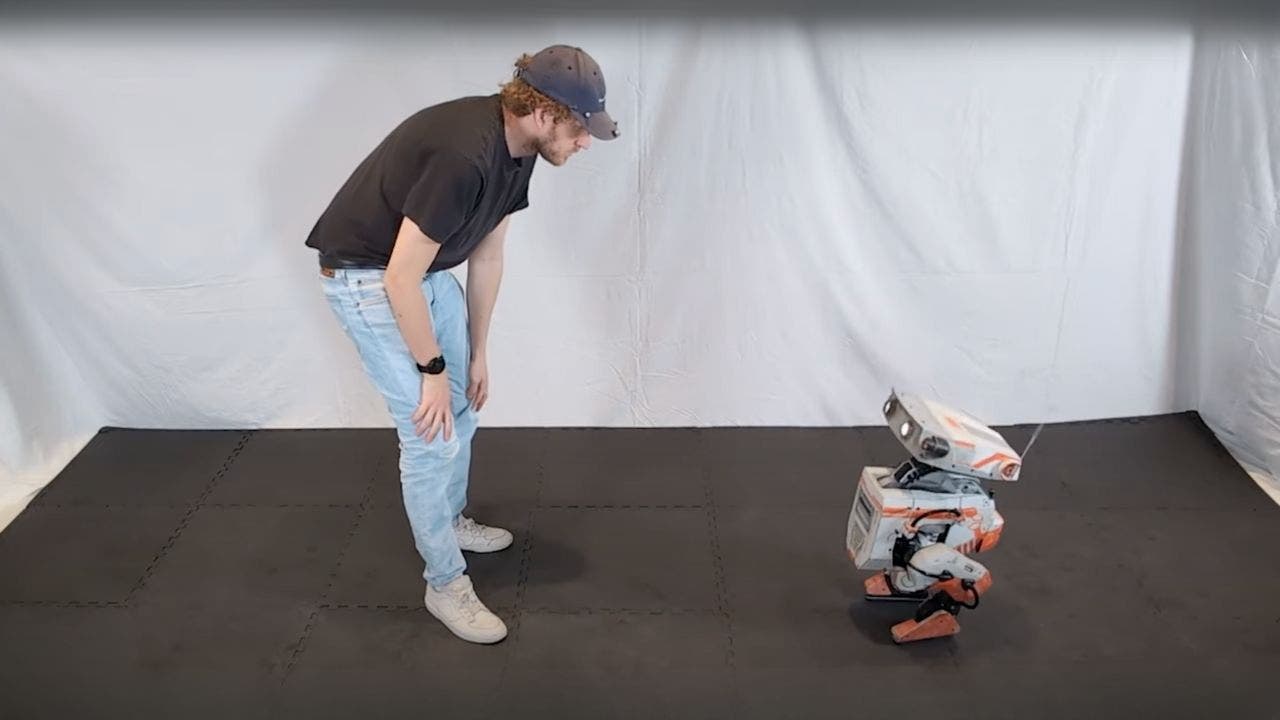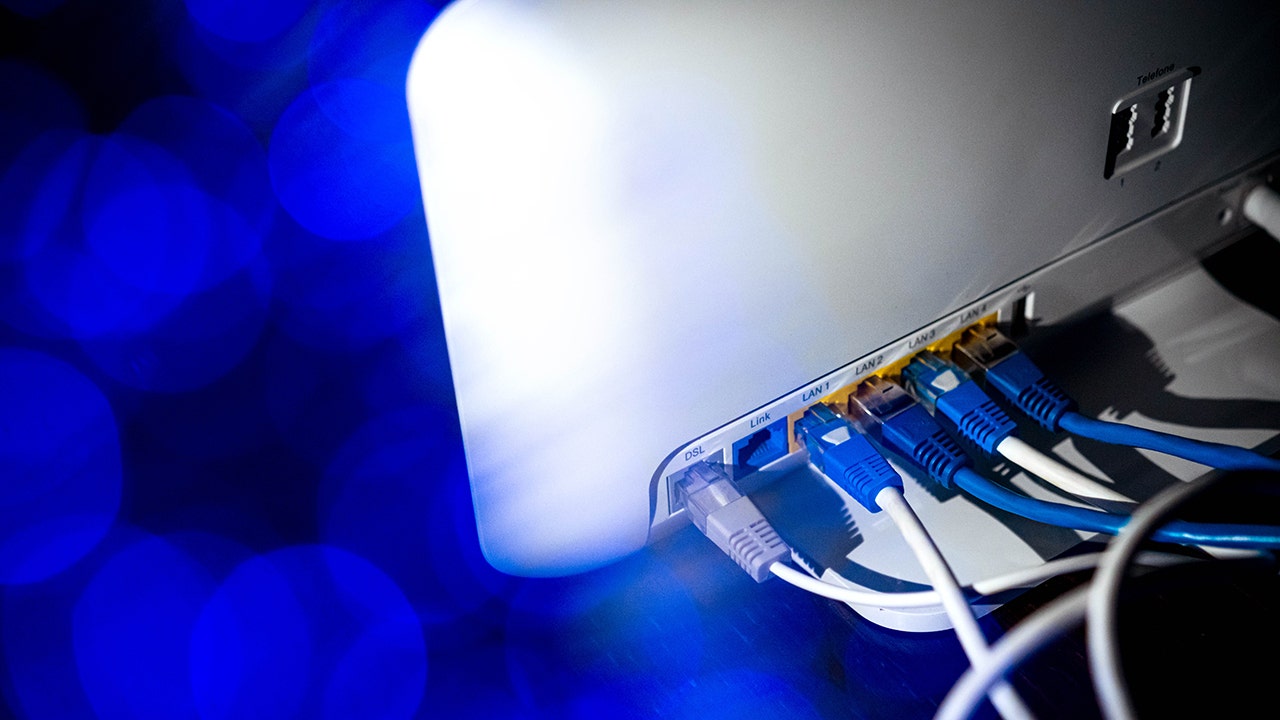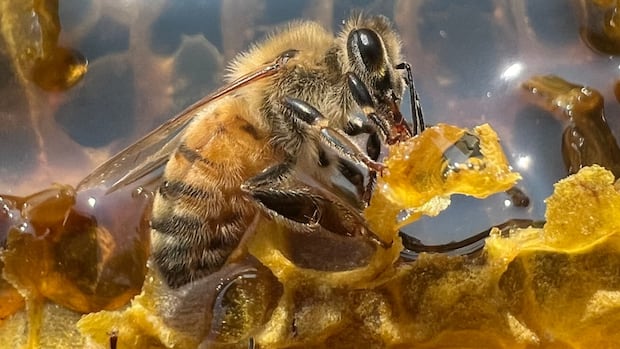Artificial intelligence humanoid robot learns to mimic human emotions and behavior

Disney Research has achieved a groundbreaking milestone in robotics with the creation of an autonomous humanoid robot that not only looks human but also acts and reacts like one, expressing emotions like shyness, excitement, or friendliness. This robot, reminiscent of a real-life WALL-E, uses advanced artificial intelligence to replicate natural gestures and deliberate actions with remarkable accuracy. What sets it apart is its ability to learn and adapt by observing and mimicking human operators who guide its emotional responses during interactions.
The training process for this emotional robot is key to its success. Initially, a human operator remotely controls the robot, using instincts and social intuition to teach it how to mimic human emotions. These interactions are recorded and fed into an AI system that analyzes every movement and response. Through a complex process, the AI learns to predict operator commands and differentiate between smooth movements and specific actions, allowing the robot to interact with people in a lifelike manner.
At the core of this innovation is Newton, an open-source physics engine developed by Disney Research in collaboration with NVIDIA and Google DeepMind. Newton enables ultra-realistic simulations that help robots train efficiently before entering the real world. With features like differentiable physics, extensibility, and GPU acceleration, Newton enhances robots’ capabilities to interact with diverse objects and environments.
Disney envisions these humanoid robots as more than just technological advancements; they are storytellers that aim to engage and connect with guests in ways only Disney can. The company plans to create a new generation of robotic characters that are expressive and engaging, setting the stage for a future where robots are not just tools but companions that evoke emotions and forge connections.
As billions of humanoid robots are expected by 2050, innovations like Disney’s emotional robot are paving the way for a world where technology feels more human than ever before. Whether these robots will enhance our lives or raise concerns about machines expressing feelings is a topic of debate. Nonetheless, the idea of chatting with a robot that feels as alive as we do may soon become a reality, especially in places like Disney parks where these robots could bring magic and enchantment to guests.
In conclusion, Disney Research’s creation of an autonomous humanoid robot that can mimic human emotions and behaviors is a significant leap forward in robotics technology. By combining advanced AI, realistic simulations, and a vision for storytelling, Disney is shaping a future where robots blur the lines between technology and humanity, creating immersive and emotionally engaging experiences for people worldwide.




